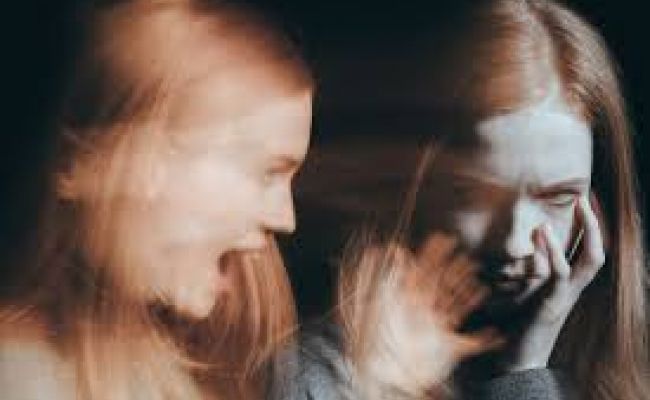

Understanding that many people with hallucinations live happy and successful lives.Accepting that it is an aspect of your personality which makes you who you are.Finding a meaning and purpose in your life.Knowing that friends and/or family are there to provide support.Connecting with people with similar experiences.Living with hallucinationsĮveryday strategies are very helpful for coping with hallucinations. A well-organised system of help from friends, family and professionals provides the most effective treatment option. Forms of help include psychological therapies and medications. There are different treatment options depending on the cause of hallucinations. If you are troubled by hallucinations, it is best to seek help from your GP or mental health services, as they will help to work out what is causing the problem. For many, however, hallucinated voices or visions can be distressing and worrying. It is possible to lead a productive and meaningful life with hallucinations.
Hallucination types professional#
People who have ongoing experiences which are distressing should seek professional advice. It is quite common for people in the general population to experience passing and infrequent episodes of hallucination, and many people recover completely.

People who experience hallucinations do not necessarily suffer from a mental illness. Auditory hallucinations are typically more common in psychiatric disease, and visual hallucinations in disorders of old age, Hallucinations occur frequently in psychiatric conditions such as schizophrenia, bipolar disorder, post-traumatic disorder and borderline personality disorder, as well as in other disorders such as dementia and Parkinson’s. People who are at increased risk of hallucinations The way that individuals react to their hallucinations also impacts on how they feel about them. It is believed that the mental processes which operate during hallucinations include memories and images which the brain has difficulty controlling. Intense negative emotions such as stress or grief can make people particularly vulnerable to hallucinations, as can conditions such as hearing or vision loss, and drugs or alcohol. Other types of hallucinations include feelings on the skin, smelling or tasting things that cannot be explained.Complex visual hallucinations may show faces, animals or scenes and may be called ‘visions’.

Simple visual hallucinations may include flashes or geometric shapes.



 0 kommentar(er)
0 kommentar(er)
